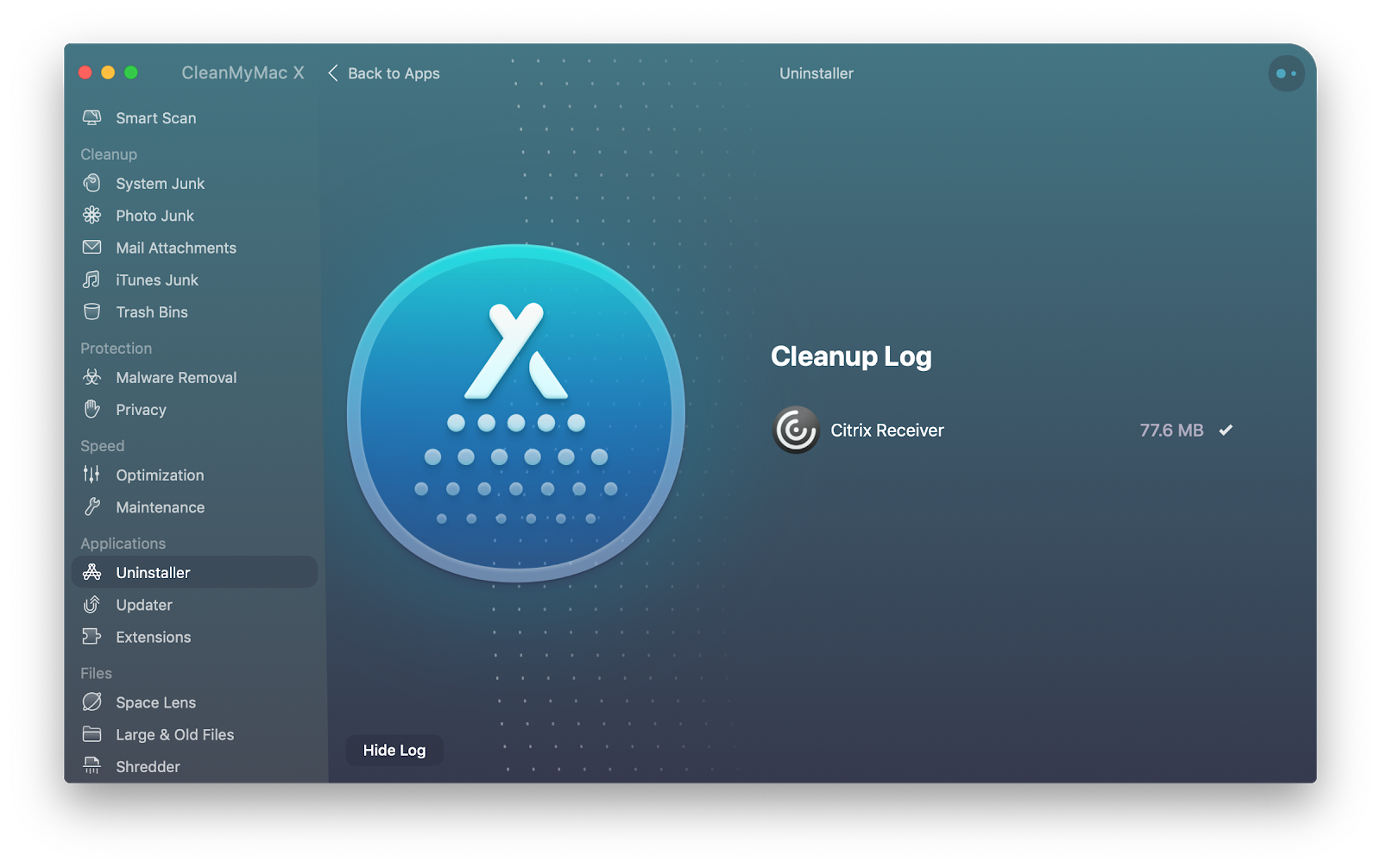
#Citriowindows 10 windows#
A major difference in the implementation is that RDSH is implemented in the kernel of server OS, but is only running in user-mode for the new multi-user Windows 10.
#Citriowindows 10 windows 10#
The goal of Microsoft is to simultaneously move RDSH customers from Windows Server to Windows 10 and cash in with Azure. While server and desktop operating systems are very similar, there are been issues with having desktop apps working on server OS. Up until now, the only way to do multi-user was to deploy Windows Server with RDSH installed and enable Desktop Experience to make it look like Windows client OS. The only rule is that the virtual machines where Windows 10 Enterprise Virtual Desktop is installed must be hosted on Microsoft Azure. While Microsoft WVD can only be delivered by Microsoft itself, Windows 10 EVD can be delivered by any solution, including Citrix Workspace. This is the only Windows client version that supports multiple users at the same time and it is only available on Microsoft Azure (at least for now). Windows 10 Enterprise Virtual Desktops (EVD)Īt the same time as WVD, Microsoft released a preview of Windows 10 Enterprise for Virtual Desktops or EVD (multi-user) which is part of its Windows-As-a-Service (WaaS) strategy. The real change is that It’s the first solution that allows multi-session with Windows 10. Microsoft WVD is not an innovation by itself, as many vendors (including Citrix) are already delivering the same thing.

RDbroker send RDP file (name of the gateway, UID tenants, etc).RDclient presents token to RDweb, RDbroker queries DB to determine resources authorized for user.User signs in, and Azure AD returns token.User launches RDclient or connect to RDweb, which connects to Azure AD.

They will pay for the compute of the virtual machines, network, and storage, but the infrastructure components are essentially free. I repeat: customers will not pay for WVD infrastructure.
#Citriowindows 10 for free#
There’s no need to deploy and maintain any on-premises infrastructure, and everything is managed by Microsoft and delivered for FREE to F1, 365 E3, and E5 customers.

WVD replaces the awful Azure RemoteApp (ARA) and is based on the never released RDmi. Microsoft Windows Virtual Desktop is an out-of-the-box and automated Desktop-as-a-Service (DaaS) cloud control plane hosted in Azure. There’s a lot of talk about WVD as of late, some of which are now misleading after we’ve learned more about its scope in recent weeks. Let’s find out what it is and what it means for Citrix! Let’s recap: What is Windows Virtual Desktop (WVD)? That said, there are a lot of unknowns about its future and how it will impact Citrix in the desktop virtualization field. The reception of WVD was overwhelming and many experts are excited about this new solution. Microsoft Windows Virtual Desktop (WVD) is available as a tech preview for a few months now, and remains a hot topic within the EUC community.


 0 kommentar(er)
0 kommentar(er)
